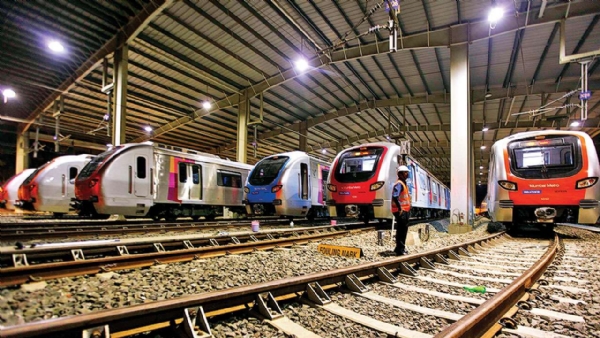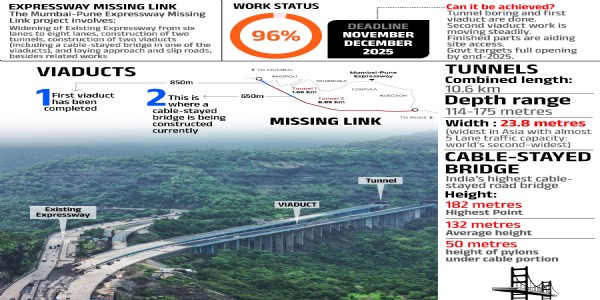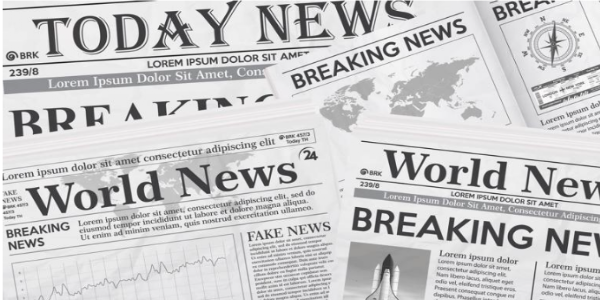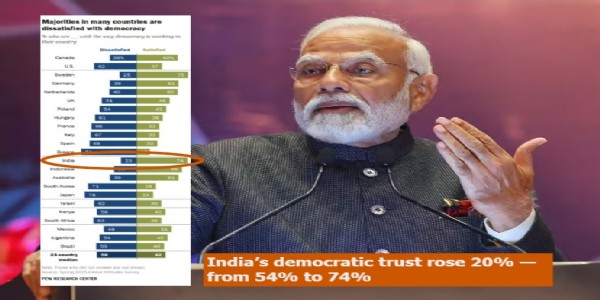Why a Car Shed is necessary?
Every rolling stock or rather any transport vehicle requires daily maintenance. It could be Electrical Multipurpose Unit (EMU) or popularly known as a local, metro, airplane, or even a bus.
Total Views | 319
Ever since the decision to build a car shed at Aarey is taken, once again environmentalists have come out on the streets in Mumbai. There are so many narratives being spread by opponents. As per an ANI report, even ex-minister of Environment and Tourism Aditya Thackeray said that ‘cars go for maintenance once every 3-4 months, not every night. So let's try to understand how the maintenance of rolling stock takes place. Let’s even try to take some real-life examples from Indian Railways, because it has got the biggest rolling stock and different maintenance philosophy.

Every rolling stock or rather any transport vehicle requires daily maintenance. It could be Electrical Multipurpose Unit (EMU) or popularly known as a local, metro, airplane, or even a bus. The difference could be the number of checks done for every vehicle. Ex. if we have noticed, even a bus driver takes a round around a bus before departure. There he visually checks the tires, lights, etc. A pilot also conducts a visual check before pushback from a terminal. Similarly, the Indian Railway conducts tests before taking a reck out of the shed. On the Indian Railway website, we can find a list of 25 checks that the Engine Examiner should conduct before the reck is brought on line. Then there is a list of 31 checks that are needed to be conducted, but the interval depends upon the daily kilometrage, proportion of fast and slow locals, etc. Therefore the interval of this check is majorly decided by zonal railways. These were examples for us to understand that every vehicle needs to undergo checks and maintenance before it commences its service. Otherwise, the chances of failure on the line increase and that lead to a problem for common commuters.
Also Read: More than just a Metro Car Shed in Aarey
Coming back to the metro, it is obvious that the metro also requires daily checks. There are different types of checks which are conducted periodically. Some of them require heavy machinery, cranes, lifts, etc. Some are just regular small checks. We will see what are the different types of checks and when are they conducted. Largely there are six types of checks. A report created by the Ministry of Urban Development, Government of India on ‘Operation and Maintainance Systems for Metro Railways’ In this report we can see ‘Maintenance Schedule, Downtown and required Man Hour’. In this chapter, there are 18 types of maintenance works listed. Each of these requires different time periods from 1 hour to 7910 hours. Same details can also be found in the DPR of Line 3. In this report, six types of maintenance works are listed viz. ‘Daily Checks’, ‘A- Check’, ‘B- Check’, ‘C- Check’, ‘AOH- Annual Inspection/Overhaul’, ‘POH- Periodical Overhaul’ for the last POH check workshop is required. Now let’s have a look at these checks one by one. These are stated in the DPR of metro
- Daily Checks- At the end of everyday service train conditions should be checked and mopping/ cleaning with a vacuum cleaner to be conducted.
- ‘A’ Checks- These will be conducted after 15 days and checking of safety and reliability of critical equipment, General visual inspection, testing of systems, replacements of oil and lubricants, and consumables will be conducted.
- ‘B’ Checks- Along with detailed ‘A’ Checks ‘B’ type tasks are also conducted. These are conducted at the interval of 45 days
- ‘C’ Checks- Along with earlier detailed ‘A’ and ‘B’ checks tasks in ‘C’ checks are included. This will be conducted after every 6 months
- AOH and POH would be conducted after 12 months and 3 years respectively and this includes lifting up cars if needed, checking and replacing all crucial instruments
It is by now that the metro also undergoes maintenance every day after the service is over. But the function of the car shed doesn’t over only at this stage. The car shed is like a home to metro trains. Even on Indian Railways especially on sub-urban railways very rarely do local trains stand on the platform when service is over, but those are absolutely rare cases. Rest all trains are either taken to the EMU carshed or to the designated stabling lines near the designated terminal. Ex. If you readers have noticed trains ending at Borivali are taken to Kandivali EMU carshed which is approximately 4-5 km away from Borivali and not more than that, and some local trains are kept on the stabling lines near Borivali railway station. Let’s not forget even though the carshed is 4-5 km away the length of sub-urban train services is around 124 km from Churchgate to Dahanu. That is why the distance between the terminal station and the carshed is acceptable.
Now, as the metro is constructed on a viaduct, it doesn’t have stabling lines on the viaduct and cannot be left on the platform. Therefore all trains are taken to the carshed. Only two or three trains are left on the line on another end to start the first service from that particular station. Ex. in the case of Metro 3 there will be two trains at the south terminal i.e. at Colaba, so as to begin the train service in the morning. But this is a planned provision and can be made only for 2-3 trains. Also, in case of failure, if the car shed is way too far for the train to shunt to the carshed that causes disturbance in the services. When it is near the main line, the train can be pulled out easily, without much hassle.
Also Read: Save Aarey from environ’mental’ists
These were the reasons why a car shed is required and why it should be near to the main line. If the distance between the carshed and line is too much, it cannot serve the purpose of stabling the train. Trains would take more time to reach the carshed in the evening and also the same time while starting the everyday services. Hence Aarey serves as the best option.








